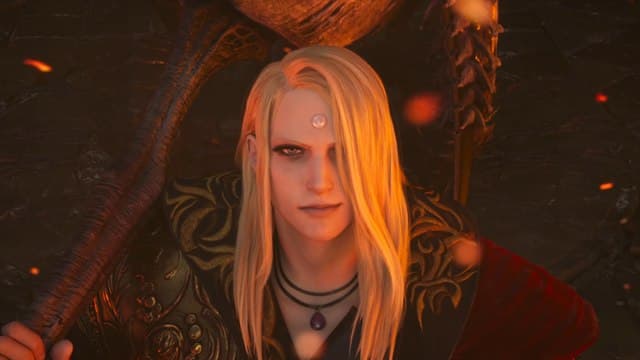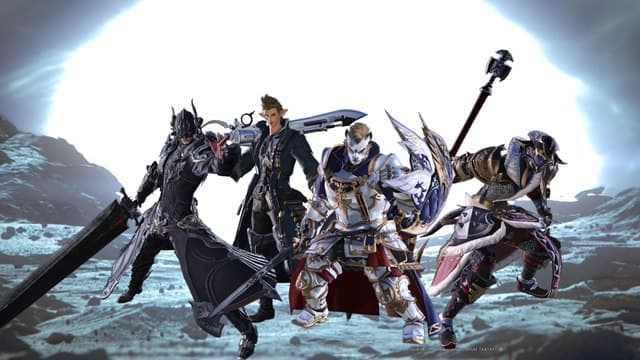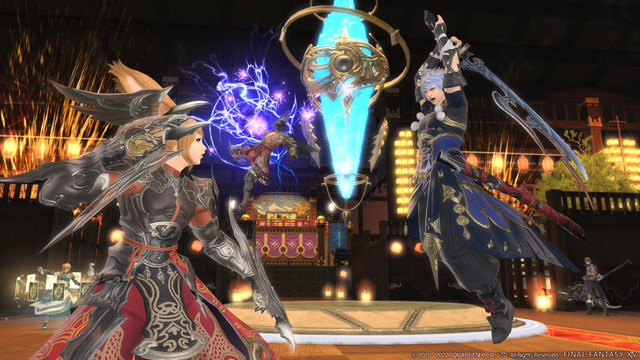0Comments
PUBLISHED
FFXIV Visual Glossary for New Players
Confusing icons confound no more!
About the Author
Jordan Yang
A geomatics professional graduated from the University of Waterloo, Jordan has been playing Final Fantasy XIV for over a decade since its open beta phases in 2013. Having clocked in north of 16,000 hours, Jordan has conquered the Ultimate raids, won his Saint of the Firmament title, and is always on the lookout for the next big challenge to test his skills. When not playing FFXIV, Jordan enjoys exploring niche music subgenres and practicing as a hobbyist flautist and pianist.
Newest



